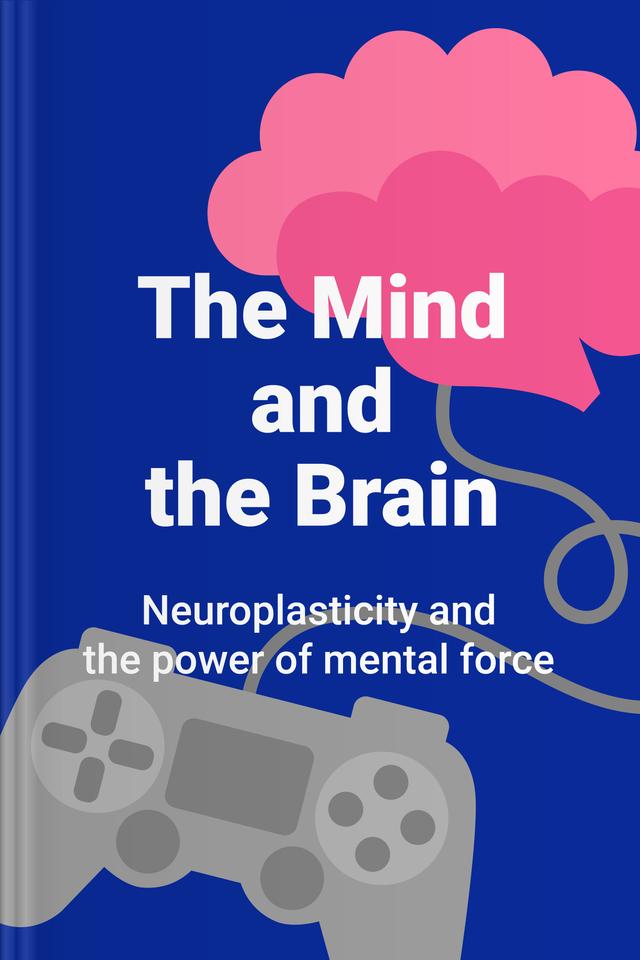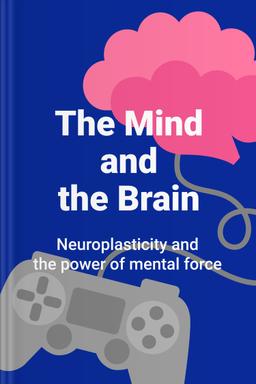You’ll learn
- The difference between the mind and the brain
- Four steps to overcoming OCD
- What neuroplasticity is
- How to use your mind to control your brain
russia has launched a full-scale war in Ukraine. Donate to support Ukraine and protect the world’s peace.

first KEY POINT
The thoughts we process in our heads are not a result of our brains’ actions alone. Our mind functions as well as the brain, and what’s more interesting is that we can control our brain with our mind.
Many people suffer from various sensory malfunctions that can be mild or life-threatening, and the worrying thing is that even though scientists are trying their best to come up with medications, they are not efficient enough. For instance, those who suffer from Obsessive-Compulsive Disorder (OCD) find it hard to live a normal life due to their compulsions. However, we can treat OCD using the mind.By design, our brain reacts to commands, usually triggered by our actions. However, our efforts are mainly determined by our thoughts, meaning we can command our brains through our thoughts.
Neurology involves bringing together the facts of scientific data and the morals and ethics of cognitive performance, which Jeffrey Schwartz and Sharon Begley have accomplished.For instance, a child could live a healthy lifestyle, save for a few side effects, with most of the left hemisphere removed. Before the age of four to five, a child’s brain is quick to register a loss and combine the functions of the two parts of the brain into one active part.Similarly, the adult brain can change and adapt if put through mindfulness-based cognitive therapy, which involves learning to do things again from scratch.
second KEY POINT
While our brain is physical and present in a materialistic view, our mind is abstract, surreal, and extraordinary.Our consciousness is vastly different from the programmed response of a machine. Our brain enables a mechanical process, while our mind is actively involved in our consciousness.

Continue reading with Headway app
Continue readingfirst KEY POINT
second KEY POINT
third KEY POINT
fourth KEY POINT
fifth KEY POINT
sixth KEY POINT